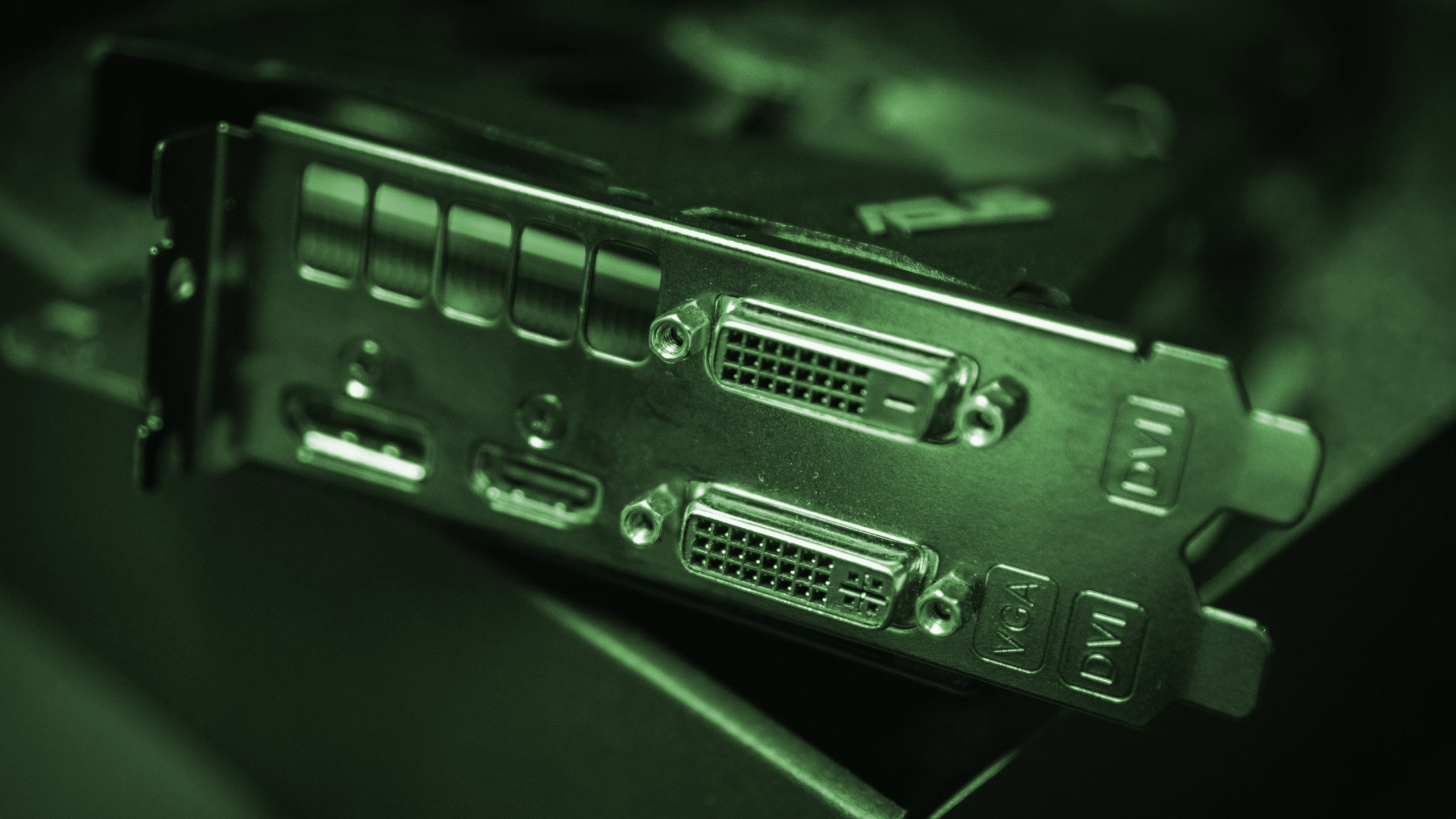If you’re just getting into Monero mining, you probably find yourself asking the age-old question every good cryptocurrency miner is confronted with: What graphics card should I choose? Choosing a graphics card is by far the most important decision a miner can make. A graphics card decides whether you turn a profit or hemorrage money. A graphics card will make or break your rig. It’s critical that you choose the very best graphics card for your budget.
Navigating the maze of manufacturers and their respective GPUs can be a massive headache. And finding out which of these GPUs will actually turn a profit is a nightmare. To add even more fuel to the fire, some GPUs may require heavy tweaking (such as flashing the bios of a RX 580 to that of a RX 480). Luckily, we’ve put together a list to help you find the very best GPU for your budget, to make sure you get the very most out of your mining rig.
Best graphics cards for mining Monero
Radeon RX 5700
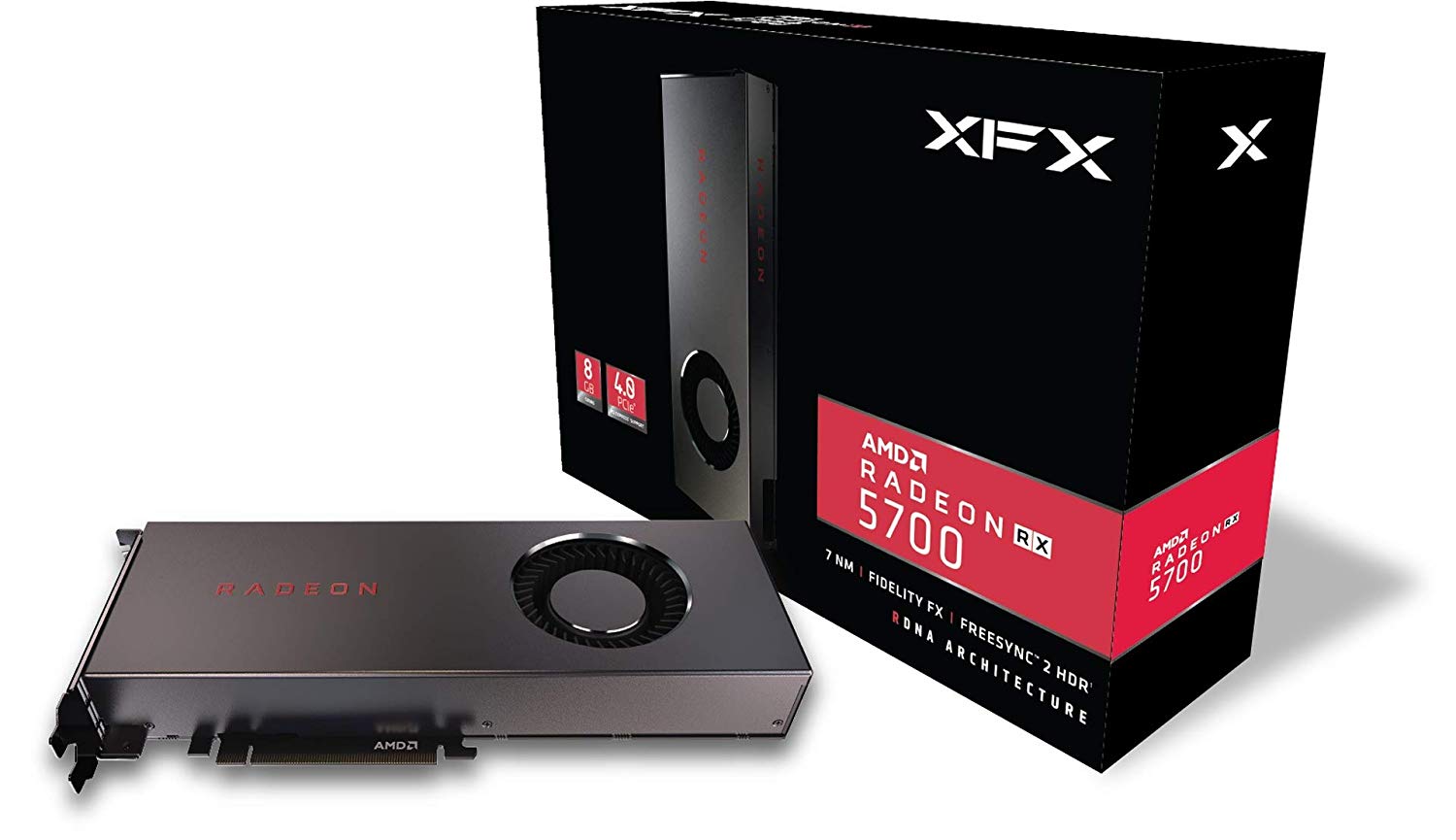
Hash rate: 1100 H/s | TDP: 92W | Memory: 8GB
Although not too exciting in of itself, the Radeon RX 5700 performs surprisingly well for a budget-oriented GPU. A single card manages around 1100 H/s. Mining with six of these cards will show a hash rate of around 6600 H/s. Taking its price into consideration, the Radeon RX 570 may be the best card on this list in terms of price-per-performance. If you’re getting into mining primarily as a hobby, this is the perfect GPU for you. If you ever get bored of mining Monero or just want to switch to another currency for whatever reason, repurposing this card to mine something else is a very simple task, as this card performs well across the board for many different cryptocurrencies.
Where to buy: Amazon![]()
AMD Radeon VII
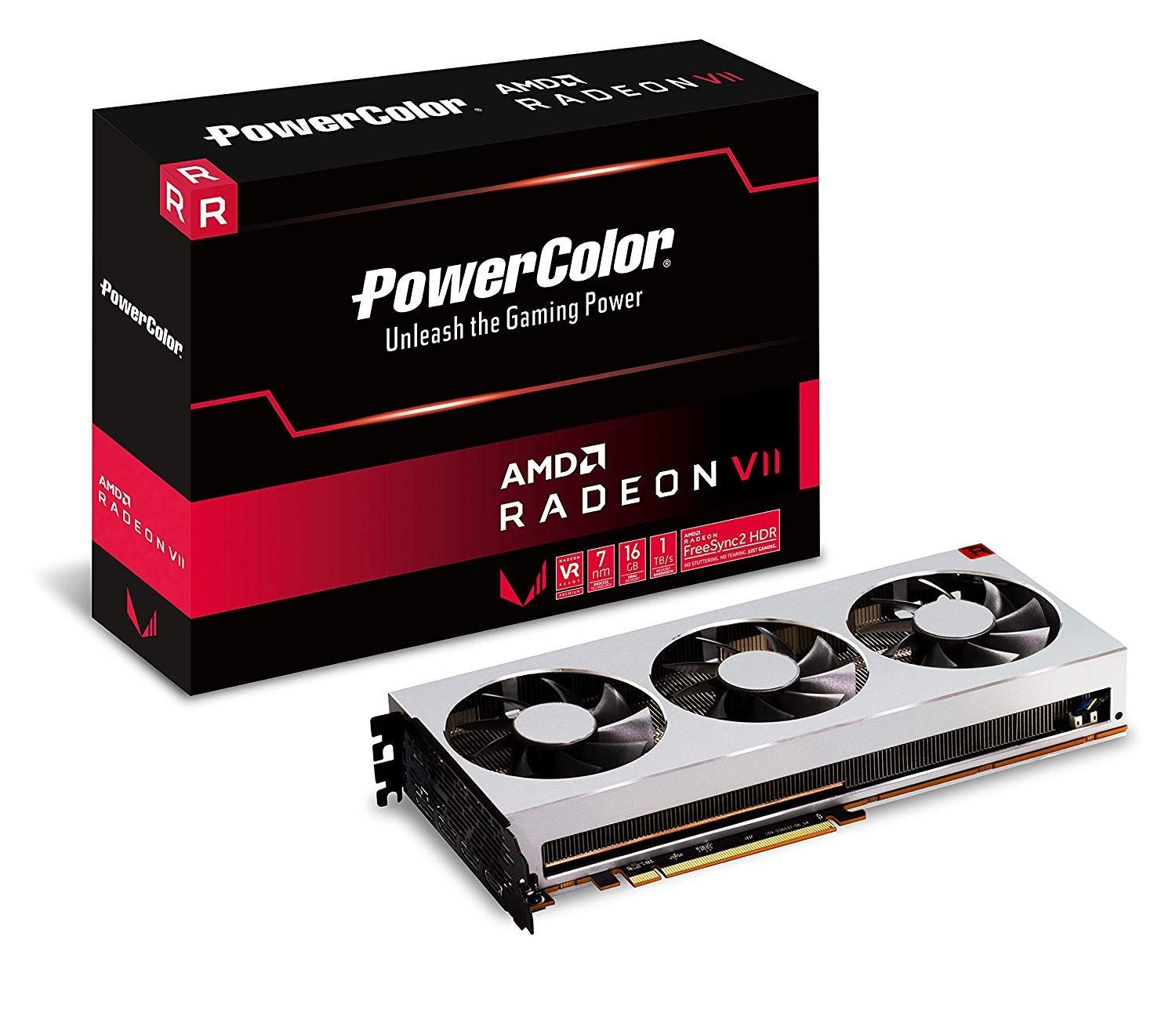
Hash rate: 3000 H/s | TDP: 275W | Memory: 16GB
Some people are calling this the best mining card ever, and with tests averaging above 2800 H/s, we’re inclined to agree. The Radeon VII runs for about the same price as a GTX 1080ti but achieves almost three times the hash rate power for Monero. While it turned out to be a bit underwhelming for gaming, it is a testament to how much more efficient AMD cards are for mining. This is definitely a top tier GPU and the most expensive on our list, but with a a significant lead over the competition, you get what you pay for.
Where to buy: Amazon![]()
Radeon Vega 64
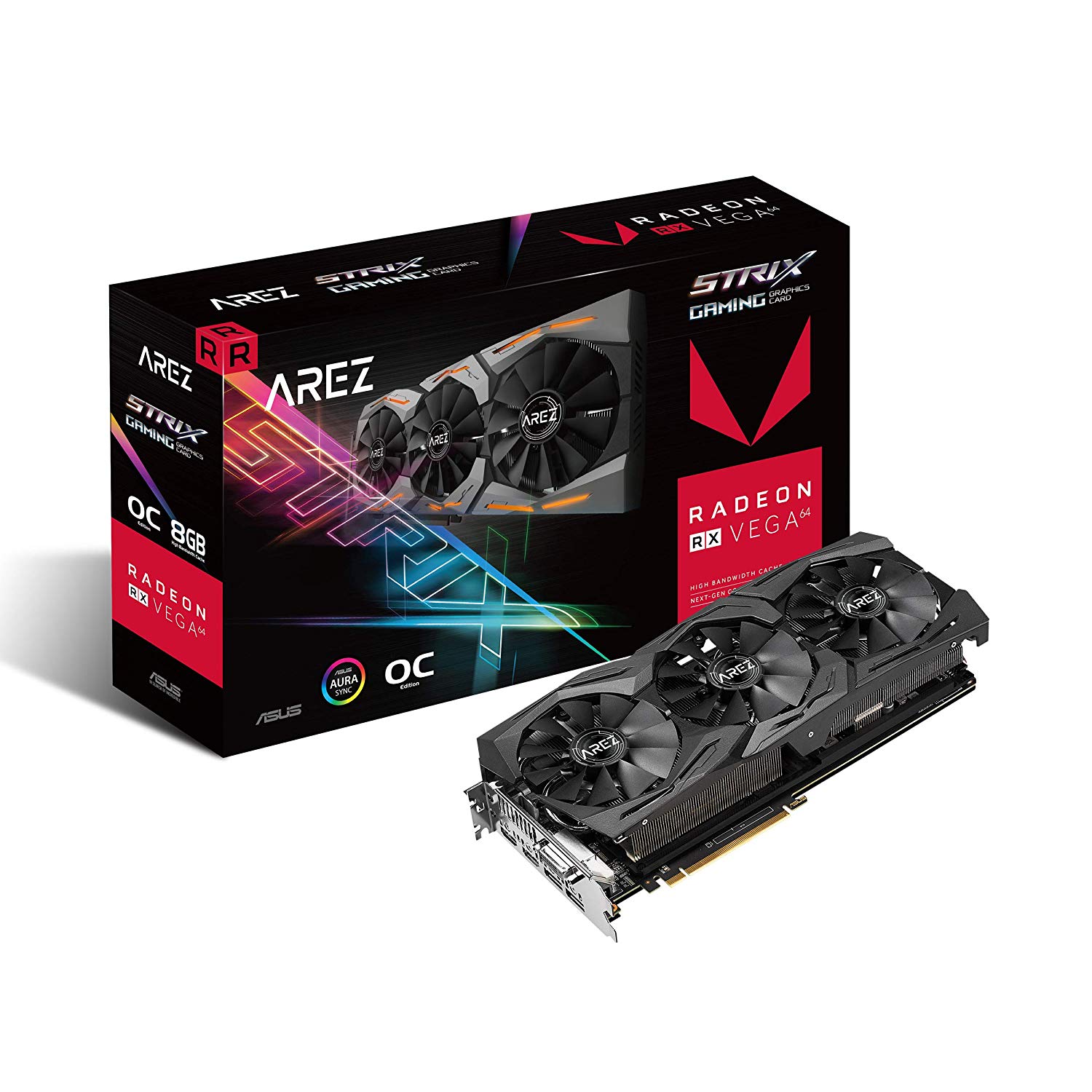
Hash rate: 2200 H/s | TDP: 250W | Memory: 8GB
At a price point between the RX 5700 and Radeon VII, Vega 64 is a great mid their option. Although this card is much older than AMD’s recent RX series cards, it still manages to pull its weight better than most GPUs on the market, including many newer alternatives by AMD. With it, you’ll be managing a hash rate of around 1100 H/s, which is a noticeable improvement over the GTX 1080ti. Even during the recent unpredictability of the GPU market due to global shortages, the AMD HD 7990 manages to be much cheaper than other GPUs, including the GTX 1080ti, making it a perfect choice.
Where to buy: Amazon![]()
AMD RX Vega 56
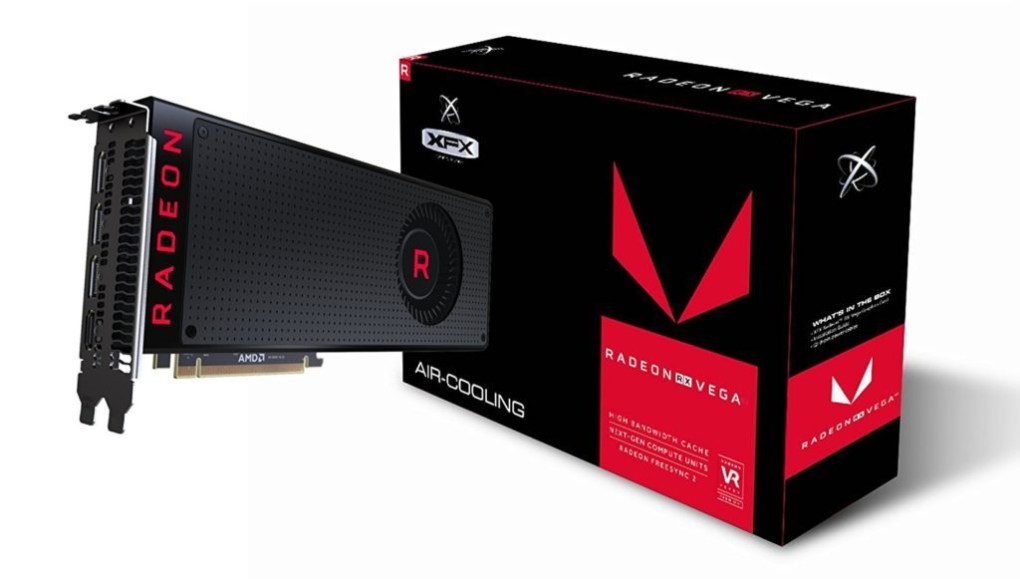
Hash rate: 1800 H/s | TDP: 110W to 160W | Memory: 8GB
You may recall this card making headlines last year as AMD made a refreshing move to enter the high-end GPU market. Although things didn’t pan out for AMD in the gaming market as many consumers had hoped, it has certainly made its way into the hearts of hardcore cryptocurrency miners for it’s superior performance in relation to much of the competition.
With a hash rate of around 1800 H/s, it blows away the AMD HD 7990 and GTX 1080ti. That is not to say, however, that it doesn’t come with a burdensome price tag. If you’re planning on building a multi-GPU rig, this card performs surprisingly well as it combines it’s effort with a twin. Two RX Vega 56 GPUs will return a hash rate of around 3600H/s, which is incredibly impressive.
Where to buy: Amazon![]()
Sapphire Radeon RX 580
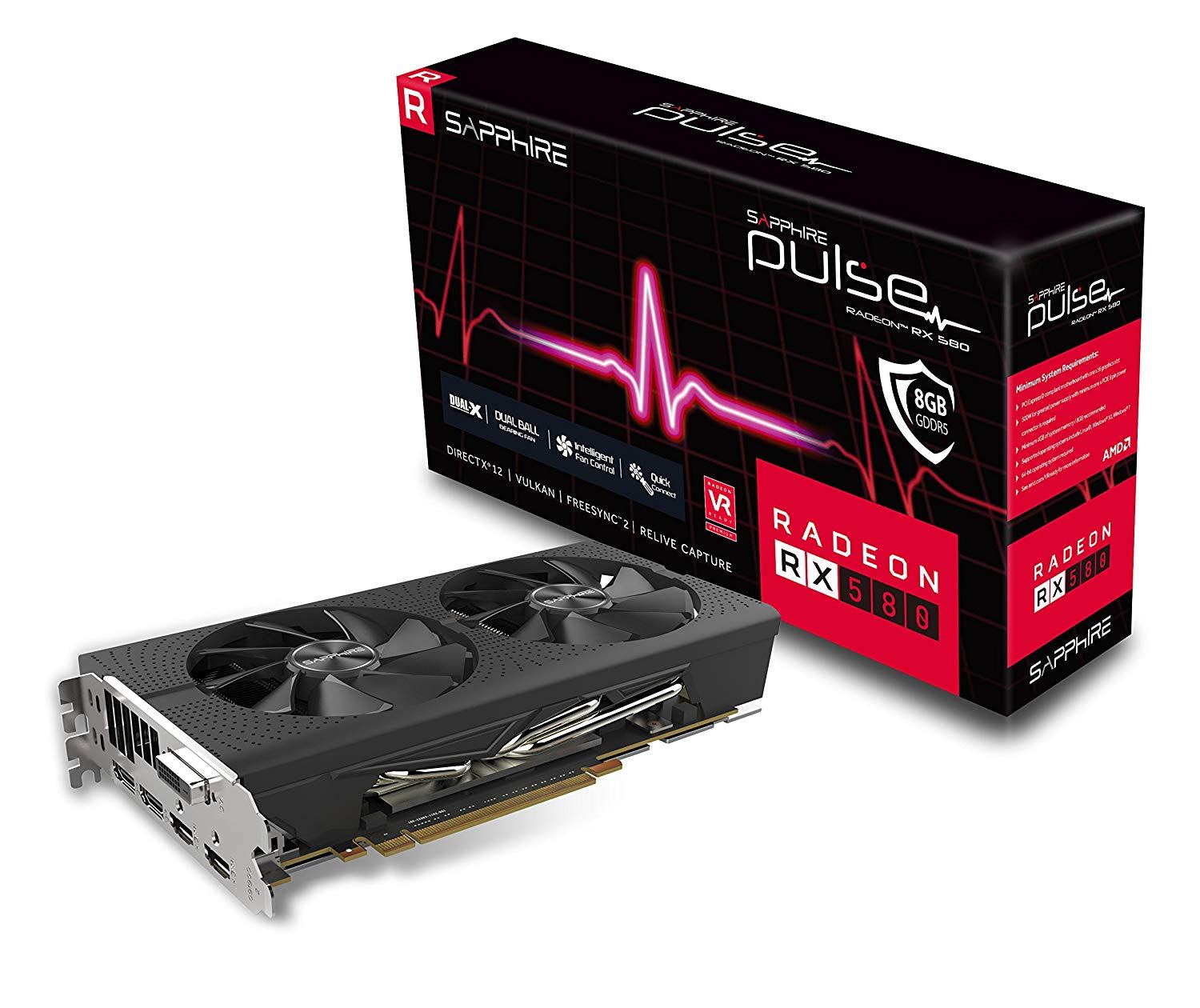
Hash rate: 1000 H/s | TDP: 110W | Memory: 8GB
With prices starting under $200, it can make a lot of sense to get a few of these GPUs instead of one Radeon VII. The ultimate budget option for Radeon is still very close in comparison to the $800 GTX 1080ti. You won’t be booting up many triple-A titles with this GPU but sticking more than one of these into a mining rig is will give respectable results. The only downside to buying many of these is it will never be as expandable as buying a Radeon VII now and saving up for more down the line.
Where to buy: Amazon![]()
Have feedback or thoughts on how we can improve this guide? Leave a comment.
